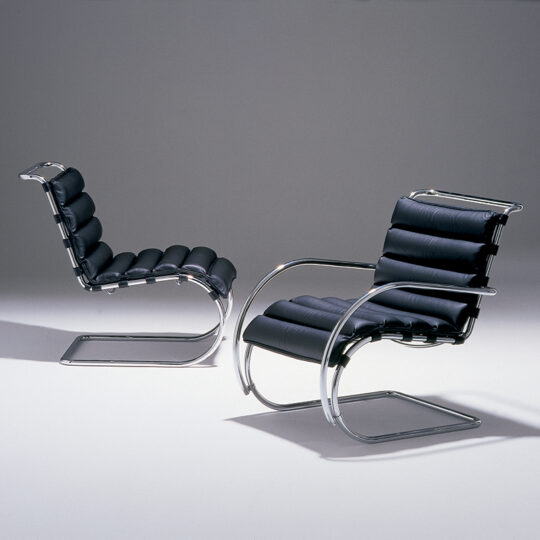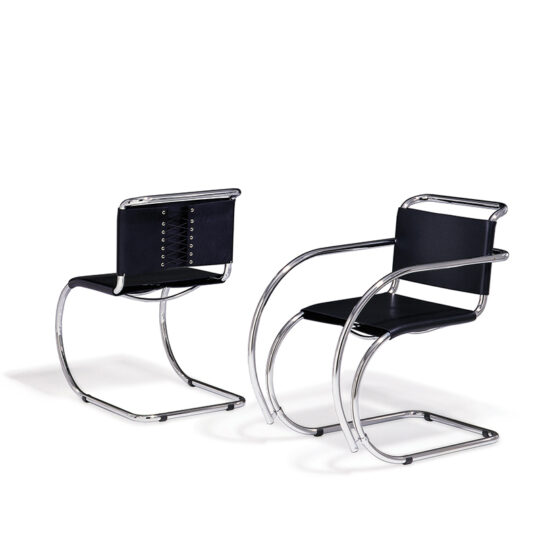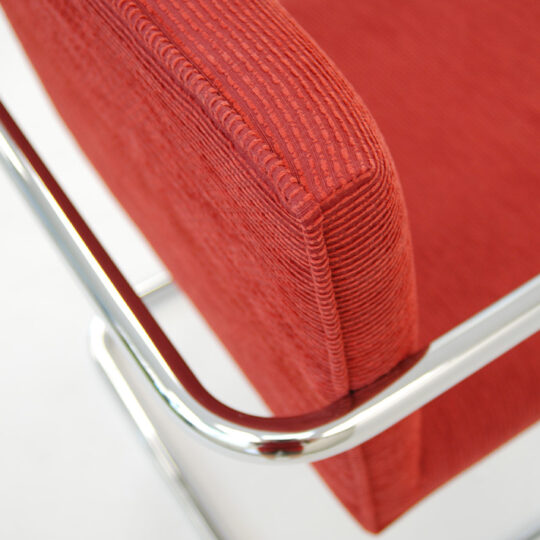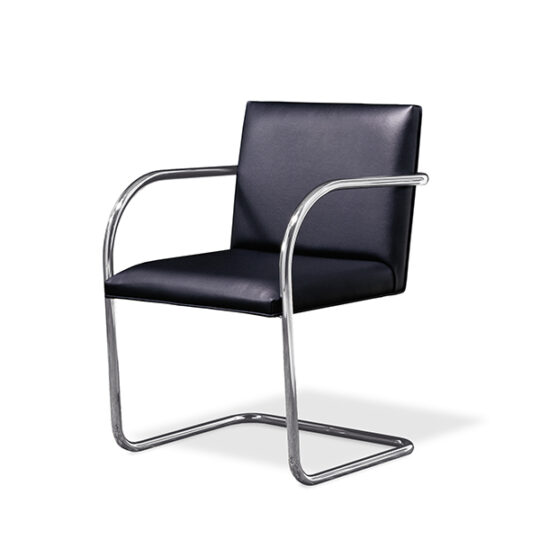Mies Van der Rohe Collection
a master of modern designHandcrafted with loving attention
to detail since 1929.
Admired and revered with that same
enthusiasm since 1929.
Gordon International is proud of a 5 decade heritage in modern classic design solutions.
Product Details, Pricing & Specs
CLICK INDIVIDUAL PRODUCTS BELOW FOR DETAILS (PDF)
Product Gallery.
Mies Van der Rohe
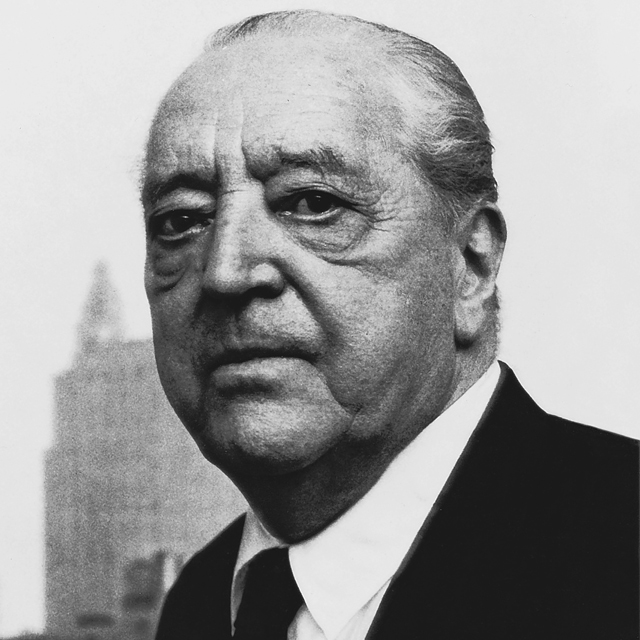
1886 – 1969
Considered one of the most influential architects of the 20th century, Mies Van der Rohe had no formal architectural training. His early years were spent developing a keen intuitive sense under the tutelage of his father, a master mason. He landed a job as a stucco designer for a local builder, and there learned the craft of draftsmanship. But his first real inspiration surfaced in 1905 when he went to Berlin and took a job with a minor architect. He was fortunate to be apprenticed to the famed furniture designer, Bruno Paul, and subsequently joined Peter Behrens, considered the prototypical industrial designer of the 20th century.Here Mies’ creativity flourished.
Unfortunately, the First World War interrupted his career. But in 1919 Mies took on the Directorship of the architecture section of the Novembergruppe, an organization named for the Republican revolution of that year and dedicated to the revitalization of the arts in Germany. During this period, Mies met and was greatly influenced by the expressionistic ideas of Bruno Taut, renowned for his work with glass.
In 1919 and 1921 Mies contributed two skyscraper projects that played upon the dramatic effects of reflective glass. These were certainly two of the earliest of the now ubiquitous glass tower “skyscrapers” of the 20th century. But, Mies quickly changed direction, and in 1922 began a series of projects in stone, brick, and concrete. Fully incorporating the International Modern style, this designer phase culminated in one of Mies’ master works: the German State Pavilion at the Barcelona World Fair in 1929.
Designated a temporary structure at the time, the German Pavilion has become one of the most significant architectural achievements of the 20th century. It also marks the beginning of Mies’ influence in the world of furniture design. The famed Barcelona chair and ottoman, as well as the accompanying table, remain among the standouts of 20th century furniture design today.
In 1930 Mies succeeded Hannes Meyer as Director of the Bauhaus. His career was flourishing. But, the political climate of the time forced the closure of the Bauhaus in 1933, and Mies emigrated to the United States. Known for his claim, less is more, Mies contributed widely to the architectural landscape of the United States. Among his most recognized works are the Commonwealth Apartments in Chicago and the Seagrams Building in New York.
Another remarkable contribution Mies made to the world of furniture design came about in 1930, with the creation of the Brno chair. This widely popular design was produced for an installation in Brno, Czechoslovakia, and was the culmination of a lengthy study of cantilevered chair frames. Mies was initially inspired by the cantilevered design work of Mart Stam, and was credited with being the first to develop a truly functional, production version of the tubular steel framed, cantilevered chair.
Remembered today as both an idealist and a minimalist, Mies remains central to any study of 20th century furniture design.
